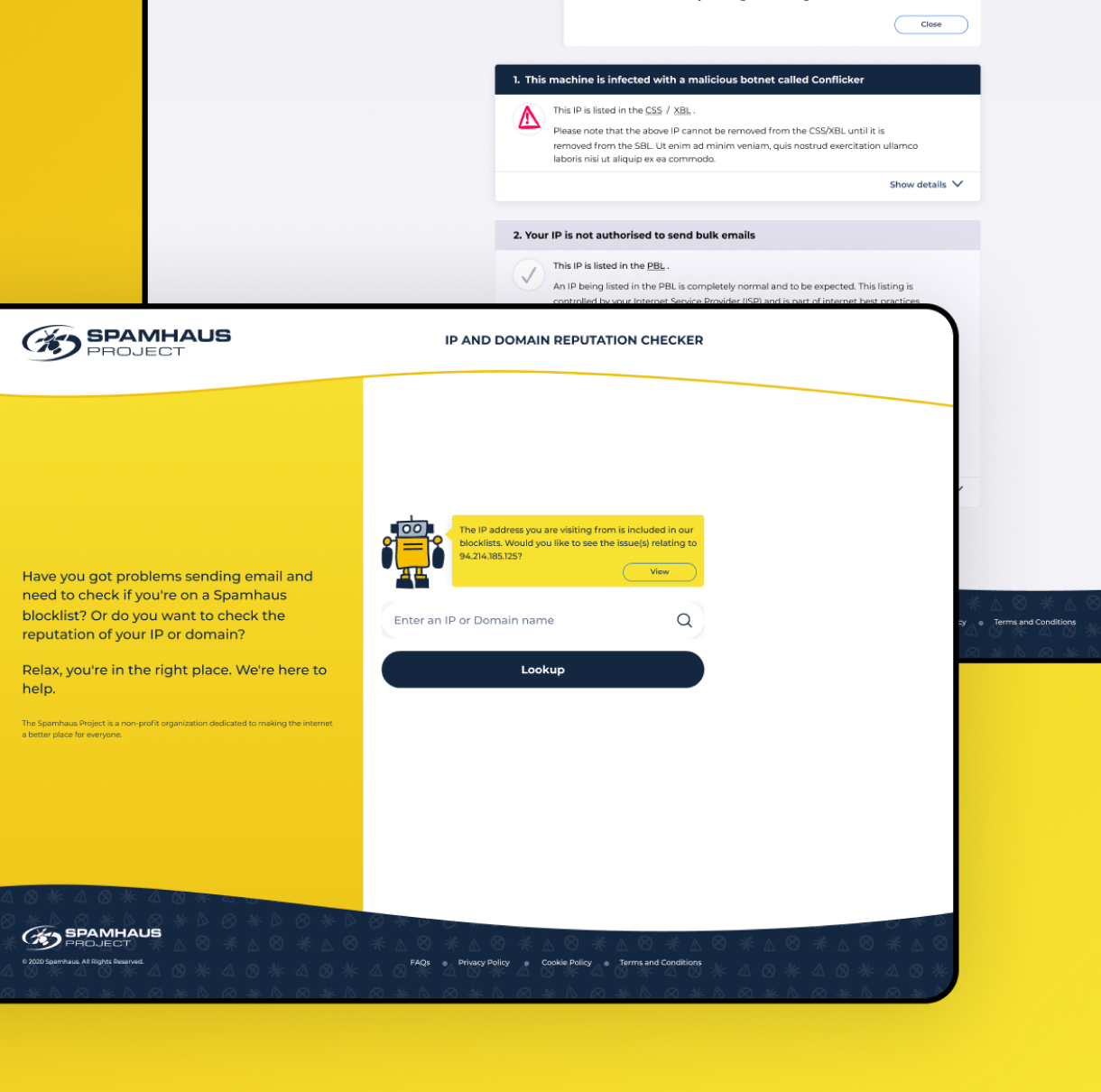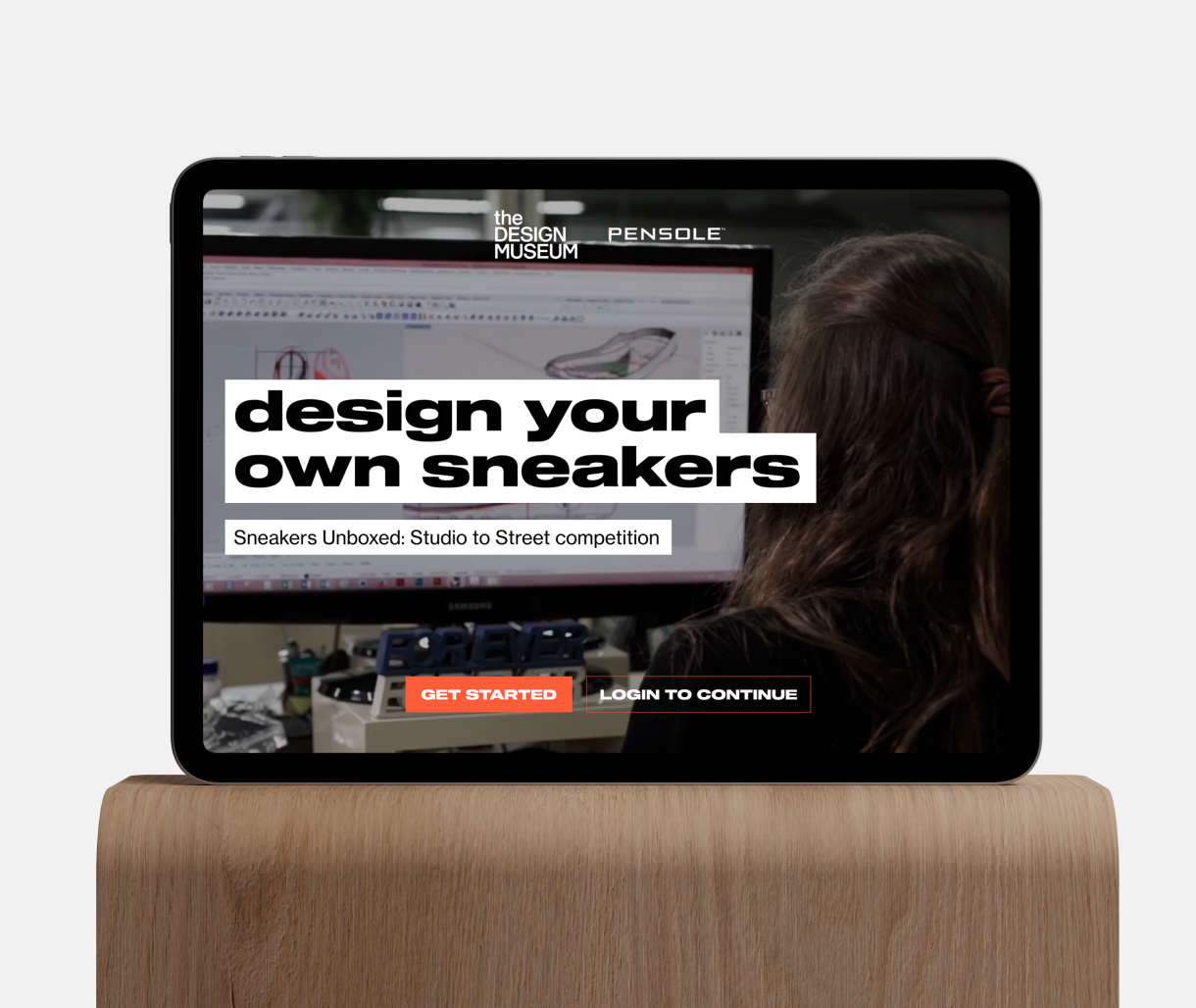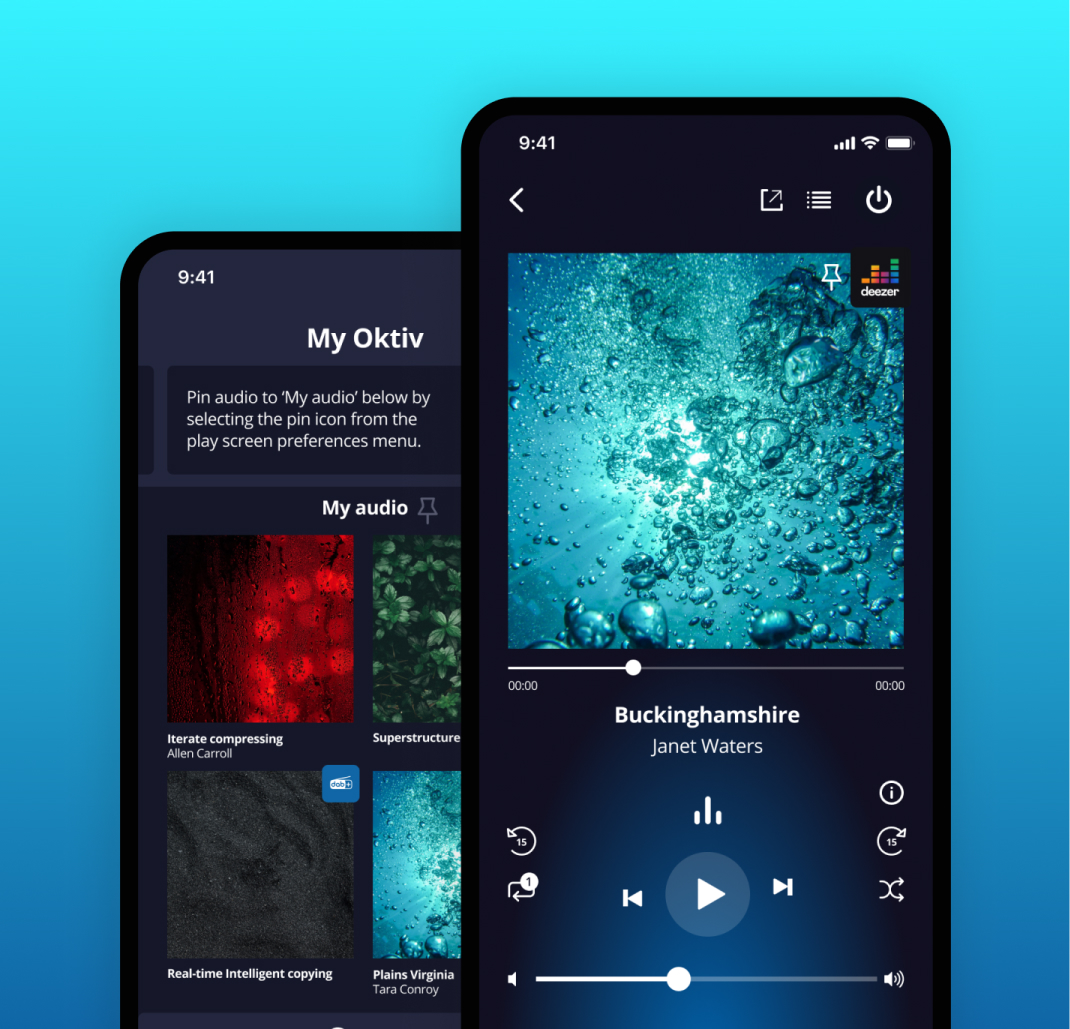Usability testing agency
Usability testing is a research method used to evaluate wireframes, prototypes and early-release versions of digital products by testing them with representative users.
Usability testing is a versatile and essential research practice that empowers teams to create user-friendly, engaging and successful digital products, resulting in increased user satisfaction and loyalty. As a highly experienced usability testing agency, Make it Clear helps you compete against your competitors in the digital space.

Introduction to usability testing
The purpose of usability testing is to understand how real users interact with a design and perform specific tasks. From users’ feedback on their experience, we can uncover usability issues, user pain points and areas for improvement as well as a picture of what’s working well. We typically conduct sessions remotely via video call, and screen sharing is used to observe users’ engagement with the design. Usability testing is guided by several fundamental principles that aim to ensure the effectiveness, efficiency, and satisfaction of users interacting with a product or system. Here are some key principles that inform usability testing:
User-centred design: the entire usability testing process is rooted in the concept of user-centred design. This principle emphasises understanding user needs, behaviours, and preferences to inform the design and development process.
Early and iterative testing: usability testing is most effective when conducted early in the design process and iteratively throughout development. Identifying and addressing usability issues early prevents costly redesigns later in the project.
Representative user testing: Participants in usability testing should be representative of the target user population. Including users with diverse characteristics helps identify a broader range of usability issues.
Continuous improvement: usability testing is an iterative process. Act on the insights gained from each round of testing to make ongoing improvements to the design. This aligns with the principle of continuous improvement in user experience.
Usability heuristics: adhere to established usability heuristics or principles (e.g., Nielsen’s heuristics) to guide the evaluation of user interfaces. These principles provide a framework for identifying and addressing common usability issues.
What is usability testing, and why is it important?
The valuable insights and actionable feedback gained from usability testing enable our team to make necessary adjustments to enhance the user experience and, as a result, increase engagement, improve user satisfaction, and overall business success. Usability testing is crucially important in product and service design; some of the key benefits include:
- Understand user goals and expectations
- Early identification of design flaws, issues, and obstacles
- Improved user satisfaction and engagement
- Detecting and addressing usability issues early in the development process reduces development costs
- Enhanced accessibility
- Increased conversion rates
Usability testing is a vital practice that spans every phase of the product design lifecycle. During the project scoping phase, frequent and early testing is imperative to validate the project’s feasibility. Beyond the launch, consistent usability testing becomes instrumental in sustaining user satisfaction and ensuring ongoing success.
Usability testing methods and tools
There are various usability testing methods and tools available, each with its own strengths and applications. Below are some examples of methods employed by Make it Clear:
- Moderated usability testing: testing where participants use the product while a moderator observes and guides them through tasks, asking questions to gather feedback. Learn more about this in our Research Clarified article.
- Unmoderated remote usability testing: testing where participants complete tasks remotely, and their interactions are recorded. No moderator is present during the test.
- Heuristic evaluations: evaluation against a set of usability principles (heuristics) to identify potential issues.
- Surveys and questionnaires: feedback is provided through structured surveys or questionnaires about their experience with the product.
- Card sorting: where participants organise information into categories to reveal how they expect content to be structured. This can be conducted online or in person.
The role of usability testing in UX design
Usability testing serves as a crucial validation mechanism for design decisions, determining whether the intended purpose aligns with user expectations. By engaging real users rather than relying on assumptions, teams obtain concrete data and insights, mitigating the risk of subjective biases and fostering evidence-based design choices.
Usability testing goes beyond mere validation; it actively informs and shapes UX design decisions throughout the product development lifecycle. By observing users interact with prototypes or live products, designers gain valuable insights into user behaviors, preferences, and pain points. This firsthand understanding allows for the refinement of user interfaces, interaction flows, and overall user experiences.
Benefits of usability testing
Identifying usability issues early in the design process saves significant time and resources by reducing the likelihood of major redesigns or costly post-launch modifications.
As positive user experiences directly impact business success, focusing on user need through usability testing ensures that the final digital product meets business requirements.
Supporting your users' needs
Develops user empathy and understanding
Facilitates an iterative design approach
Provides a competitive advantage
The 5 stages of usability testing
Stage 1: Preparation
Based on an agreed set of objectives, we first create a test plan to outline the methodology of the research approach.
Stage 2: Script and prototype development
A script is then created based on the digital product being tested. This includes the tasks that each participant will undertake and the questions that will be asked of participants to help further understand their experience.
Stage 3: Conducting the sessions
Make it Clear will set up the calls, brief the participants and then facilitate the sessions, which are generally recorded with both audio and video.
Stage 4: Analysis
The data from the usability testing sessions is analysed and refined by our experienced strategy and research team to produce clear findings and actionable insights.
Stage 5: Reporting
A report will be written that details the usability testing process, our findings, key insights and recommendations that were identified from the sessions. This report will be presented back to and shared with the client.
Whats included
Firstly, we create a detailed test plan outlining the research methodology, participant criteria, tasks and other relevant information based on business goals and objectives. We will conduct the testing sessions either remotely or in person, depending on the project’s requirements and constraints. Next, we conduct data analysis based on our data collection, followed by a generation of insights and recommendations. Finally, a comprehensive usability testing report will be prepared, which will be presented back to stakeholders either in person or through a virtual meeting to discuss the results and next steps.
Why choose Make it Clear
At Make it Clear, we take an evidence-based approach to everything we do. Understanding your organisation, audiences, and the context in which they interact is paramount to the way we work and deliver a best-in-class user experience. What our clients say: ‘ The care they take. UX and UI are really important to this company – they don’t just pay lip service to the process, they really live and breathe it.’ You can read more testimonials here.



